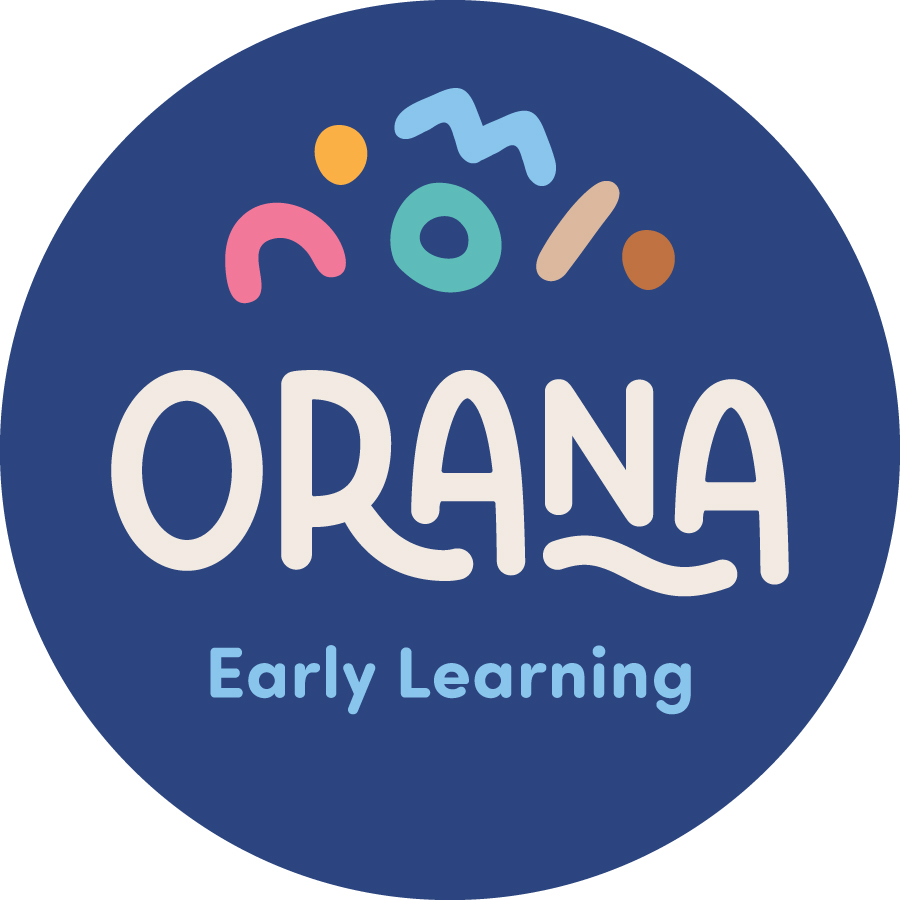Home schooling has become widely prevalent and hugely popular all across the globe, especially in Australia. The number of home schoolers in Australia has increased significantly in the last decade and seems to be growing with each passing year.
The idea or thought of home schooling your children might sound really intimidating, but so many parents are doing it and have been exceptionally successful at it.
From religious factors to the need to provide individualised education, there are many reasons why people all over the world have switched to home schooling their children.
It does require a lot of patience, effort, time, planning, creative thinking, and so many other things, but with the help of a few tips and approaches, you can make it super fun, engaging, and equally educational at the same time.
1. A Creative Learning Space
As opposed to schools, you have great liberty in terms of creating a personalised or unique learning space for your children when schooling them at home.
The idea here is to pick a particular space or section of your home and turn it into a mini learning centre. However, a learning space doesn’t mean having a wooden table and stacking a few books on top.
Make it colourful, engaging, and attractive because most children learn best in such environments. For example, you could have useful animated diagrams, colourful math problems presented in a unique manner, or something along those lines.
2. Create a Flexible Timetable and Structure
One of the key benefits of home schooling is that it allows you to be flexible with your timings and lessons, which means you do not have to make learning as formal as schools normally do.
A flexible, engaging timetable and routine is the ultimate way to keep your kids involved and motivate them to do more, to learn more.
Do set daily goals for your children that they should achieve by the end of the day, but don’t make them follow a strict or a fixed timetable.
For instance, if your child reads a storybook one day or just a chapter instead of the one from their course book, consider that their daily English reading because it is reading after all. Active engagement is another important factor, so for example, if you and your children bake a cake or cookies together one day, let them measure the ingredients, and you can test their math skills through that!
3. Learn With Your Children
It’s easy to assume the role of a teacher and school your children exactly the way it’s done in educational institutes. However, it is best to adopt a co-learning approach instead of just teaching them.
Learn together with your child, pretend not to know things, and let them figure things out on their own. When your child sees you participating with them and being equally excited, it is likely to boost their motivation levels.
4. Have a Variety of Teaching Materials and Resources
Home schooling is all about educating your child in a manner that keeps them thoroughly engaged and pushes them to achieve daily goals. So, use that to your advantage and have a variety of teaching materials, supplies, and resources up your sleeve.
Other than textbooks, a black/whiteboard, chalks, and markers, there are so many other unique and interesting ways to make your child learn. You can have colourful shapes, Lego sets, paints, drawing sheets, and so many other things to put their skills to practice, have fun, but also learn plus teach at the same time.
Bottom Line
Home schooling in SA requires you to follow an elaborate registration process in order to accept the responsibility of your child’s education. Once you successfully do that, put the above-mentioned tips in action along with a few others and home school your children to the best of your abilities!

